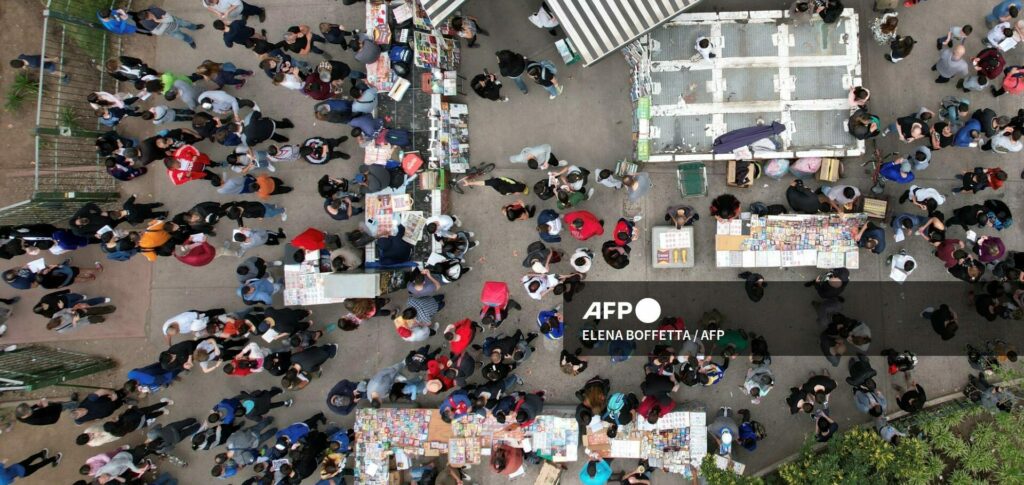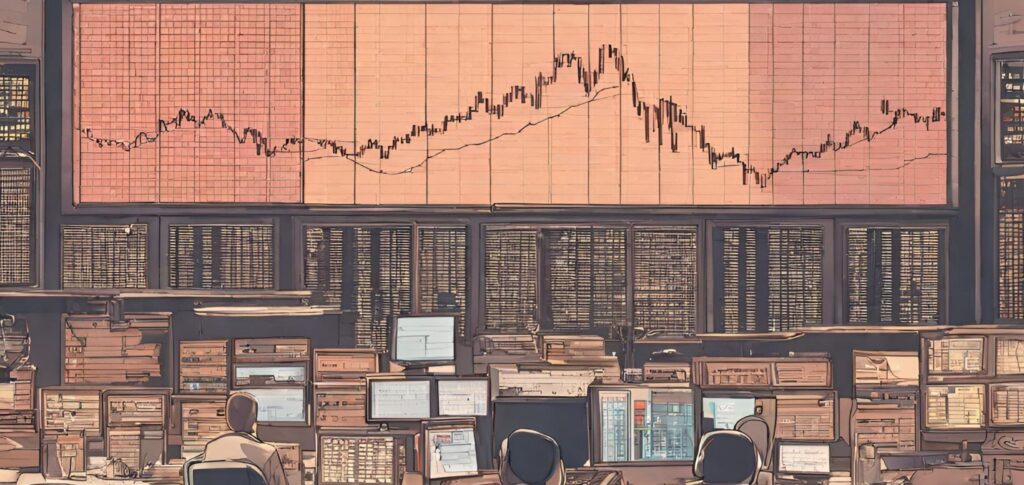As happens every four years, the Panini album for the World Cup, which this year will be held in Qatar in November, is back in fashion in a region passionate about sport.
ADVERTISING
“Almost everything I charge, or lend to me, or what they owe me and have to pay me, I invest in buying stickers. It’s my hobby”, comments Argentine Hilda Losada, to AFP.
This 68-year-old grandmother, who is trying to complete her album and that of her grandson, arrived at five in the morning at a store in a middle-class neighborhood of Buenos Aires in search of the packages, so sought after and scarce in Argentina.
There, even the government had to mediate logistics between the Italian company and store owners to try to resolve the shortage.
ADVERTISING
The increase in the price of the package (in Brazil it doubled compared to Russia-2018, from two reais to four) and the cost of living do not diminish the passion of Latin Americans.
“When opportunities appear, money appears,” says Leila Edul, 28, owner of a store in the San Cristóbal neighborhood, in Buenos Aires. And there are people who do that parallel trade, one of the rarest types.
Completing the album – between 638 and 670 stickers, depending on the country – “is the closest” we will get to a World Cup, explains Carlos Rodríguez, a 45-year-old customer service technician from Guatemala City.
ADVERTISING
Raúl Vallecillo, manager of Panini in Chile, guarantees that sales in Latin America exceeded the expectations of the company, founded in the Italian city of Modena and which has been selling the cult object in 150 countries since Mexico-1970.
In the country of midfielder Arturo Vidal, for example, what they expected to sell in four was sold in one month.
The fever, according to Vallecillo, is due to the fact that it will probably be the last participation of Messi and Cristiano Ronaldo in a World Cup, which fuels the interest of collectors and fans, and that Qatar-2022 is one of the most important events after -pandemic.
ADVERTISING
Exchange point
In Brazil, the São Paulo Football Museum brings together dozens of people to exchange stickers.
Leandro Fonseca, 40, is looking for the special stickers released for this edition, some of which, like Neymar's, are sold online for almost three minimum wages.
“I'm looking for 'extras', but I intend to complete around 20 albums. Every World Cup I make a lot of albums”, says the collector, who claims to have spent around R$10.000 so far to complete seven.
ADVERTISING
In the Latin American metropolis, as in other cities, 'dealers' sell stickers at prices that vary according to availability on the streets and the importance of the player.
Images of parents with their children are repeated in exchange centers or in parks on weekends in almost the entire region, even in countries like Colombia, despite its national team being left out of the World Cup for the first time in 12 years .
“More than emotion, I feel like a father-son moment. He’s not a big fan of football, I’m a big fan and with that we started talking about players (…) it’s a moment for both of us”, says Carlos Felipe Leguizamón, 37 years old, in Bogotá.
Source: AFP



